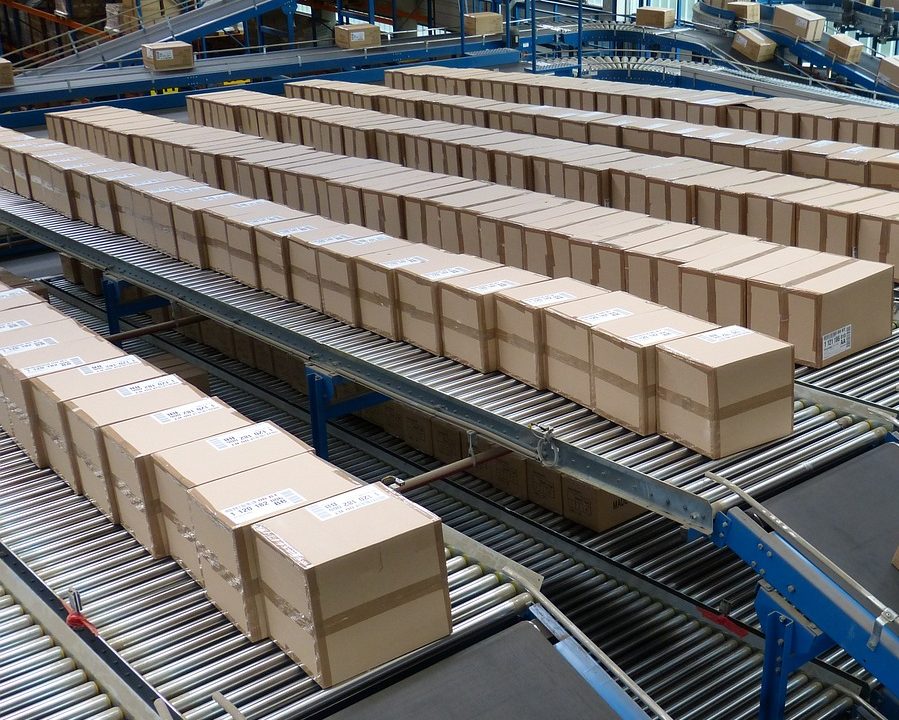Entrepreneurs starting in international trade to find suppliers at competitive costs, or experienced ones looking to increase their profit margins, often face a dilemma: which country to choose for manufacturing in Asia?
Until recently, the alternatives were clear: China or India. However, the rapid growth of the Association of Southeast Asian Nations (ASEAN) has made this group of countries an attractive option for Spanish importers.
China is optimizing its manufacturing processes to offer large volumes while India focuses more on small-scale production. Southeast Asia has already emerged as the sixth-largest economy in the world
All of them, both traditional exporters like China or India and the new production centers of ASEAN, have advantages and disadvantages that should be analyzed before deciding on one option or another.
When deciding to manufacture in Asia, it is necessary to evaluate the strengths of each country in terms of manufacturing capacity and the industries in which they excel. Some of the factors to consider when choosing a supplier in one country or another are production costs, logistics, communications, manufacturing experience, labor qualification, tariffs, and customs.
China and India, the Main Options
China takes the lead in many cases when it comes to seeking very competitive costs as well as logistics and transportation.
India, on the other hand, is investing in developing railways, highways, ports, and airports across the country, with the aim of reducing transportation times and costs by 20% in the coming years.
China and India have the capacity to produce a wide range of consumer goods. In both cases, labor specialization and the production process in the supply chain have improved greatly in recent times, making them very competitive options despite differences.
In China, the main activities are electronics, electrical appliances, textiles, clothing, furniture, footwear, paper products, auto parts, and household appliances.
In India, the main exported products are jewelry, followed by textiles, especially cotton. India is an expert in this raw material, producing bags, accessories, clothing, and footwear. Furniture, construction materials, iron and steel products, auto parts, wood derivatives, and electronic devices for medical purposes also make up a large part of its production.
The “Dragons” of Southeast Asia
The “dragons” of Southeast Asia, as the Association of Southeast Asian Nations (ASEAN) is popularly known, consisting of Indonesia, Malaysia, the Philippines, Singapore, Thailand, Brunei, Cambodia, Laos, Myanmar, and Vietnam, have become one of the main recipients of foreign investment and aim to be the fifth-largest economy in the world by 2020.
Southeast Asia, in general, is emerging as the main factory for automotive components. Meanwhile, Myanmar, Cambodia, and Laos have a agreement to import to Europe duty-free.
These are their areas of specialization:
- Indonesia. Excels in almost all sectors of the textile industry, from the production of synthetic fibers (polyester, nylon, and rayon), spinning of fibers, and fabric production to dyeing, printing, and garment making.
- Malaysia. Its strengths are integrated circuits, antennas, and television equipment.
- Philippines. Also excels in integrated circuits, antennas, and television equipment.
- Singapore. Similar to the previous ones, integrated circuits, antennas, and television equipment.
- Thailand. Stands out in the textile sector for garment production and in computer manufacturing.
- Cambodia. Its main production strength is in the textile industry.
- Myanmar. Besides textile production, it is rich in natural resources.
- Vietnam. With the textile sector in the lead (especially garment making), it also excels in sports footwear and fashion in all its forms. In the technology sector, integrated circuits, antennas, and television equipment.
Aside from the ASEAN member countries, we must not forget Bangladesh, for its textile industry, and South Korea, with electronics and technological products as its main export.
The options for manufacturing in Asia are, therefore, very varied. The choice of a supplier in one country or another will depend mainly on the product category, the quantities to be imported, the quality and specialization sought, the complexity of the manufacturing process, and the tariffs of each country.




